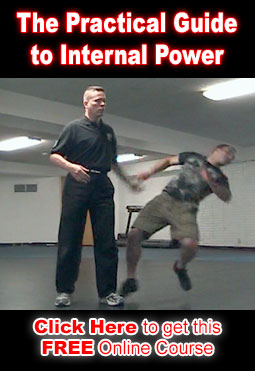[youtube https://www.youtube.com/watch?v=SIyGKUYETis?rel=0&w=560&h=315]
This is lesson 3 in our free online Bagua training.
Lesson Transcript:
First get out of the way.
Part of a Bagua person’s strength in terms of application and strategy is their constant negation of the opponent’s power by moving, stepping and turning. In the beginning it’s gonna be kind of haphazard and probably all over the place. zaklady bukmacherskie fortuna oferta
The further you go and the more you train and the more refined and the more right to the little inch of movement it becomes, then it starts to look like magic. In the beginning it looks like you’re getting the hell out of the way because hopefully you are.
Aim your strength at their weakness.
The next step then, once you’re out of the way, is to aim your strength at their weakness. So when they’re pushing in and I’m getting out of the way, the first thing I’m doing is that negation of the strike by moving, turning and stepping all at the same time. gry hazardowe owocowki za darmo
Then, where is their force, their power at? It’s right there in front. It’s not force on force cause that’s no good for me, it could even hurt me and it’s not trading blows or striking his arms or attacking his power area. najlepsze strony zakłady online I go after whatever is exposed, the back of the head, an organ, or whatever they give me.
You must negate their force
The bigger trick is, if you’re not getting out of the way, you gotta do that first! It doesn’t work if you’re not getting out of the way, negating their force and dissolving, moving, turning and stepping out so that their force is not landing into you to do anything to you.
Learn to analyze their position and always aim your strength at their weakness
It’s not one spot every time, it’s whatever they give you. Once you’re getting out of the way then just put your hand there. You can even pick a safe spot on your partner and not give them a full shot by any means but enough that I go, Ok these spots I’m picking if that’s the shot, how is it? Where he could go, I don’t think so. If they’re going, aw no, that’s good, then you’ve got other things to work on which we’ll get too.
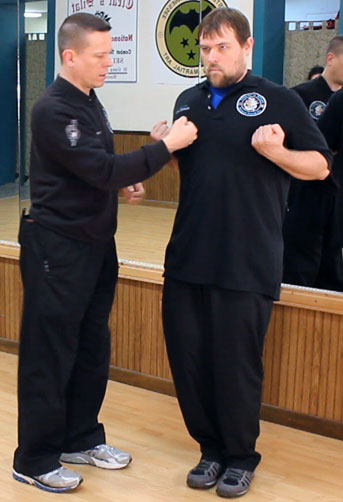
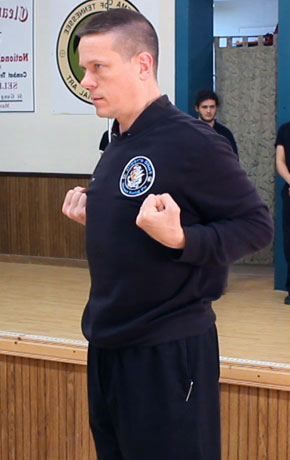
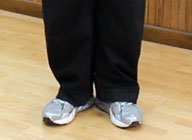
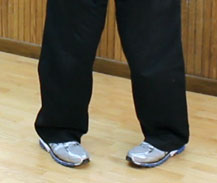
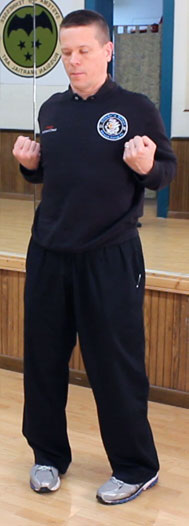
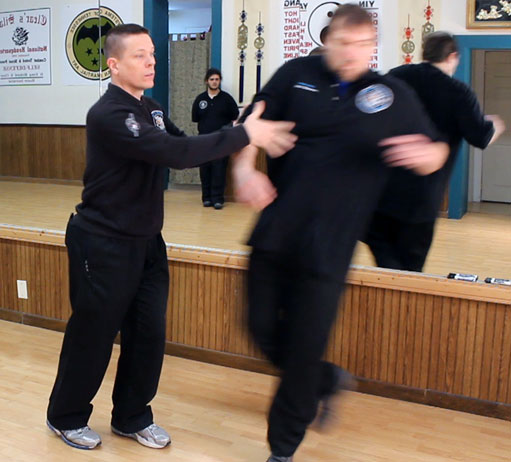
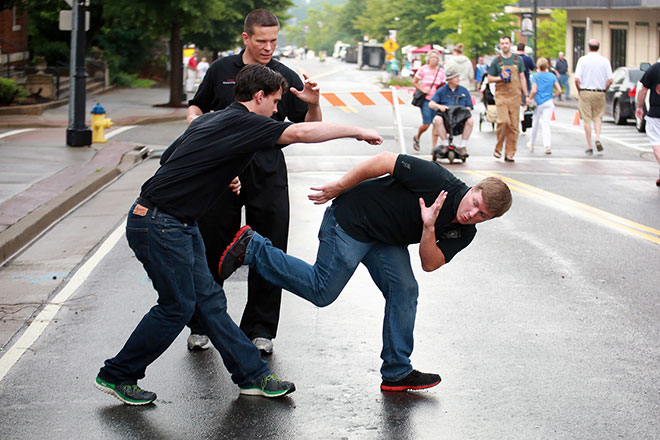 Occasionally folks have questions about the validity or effectiveness of a martial art, system or school and will issue a “challenge.”
Occasionally folks have questions about the validity or effectiveness of a martial art, system or school and will issue a “challenge.”